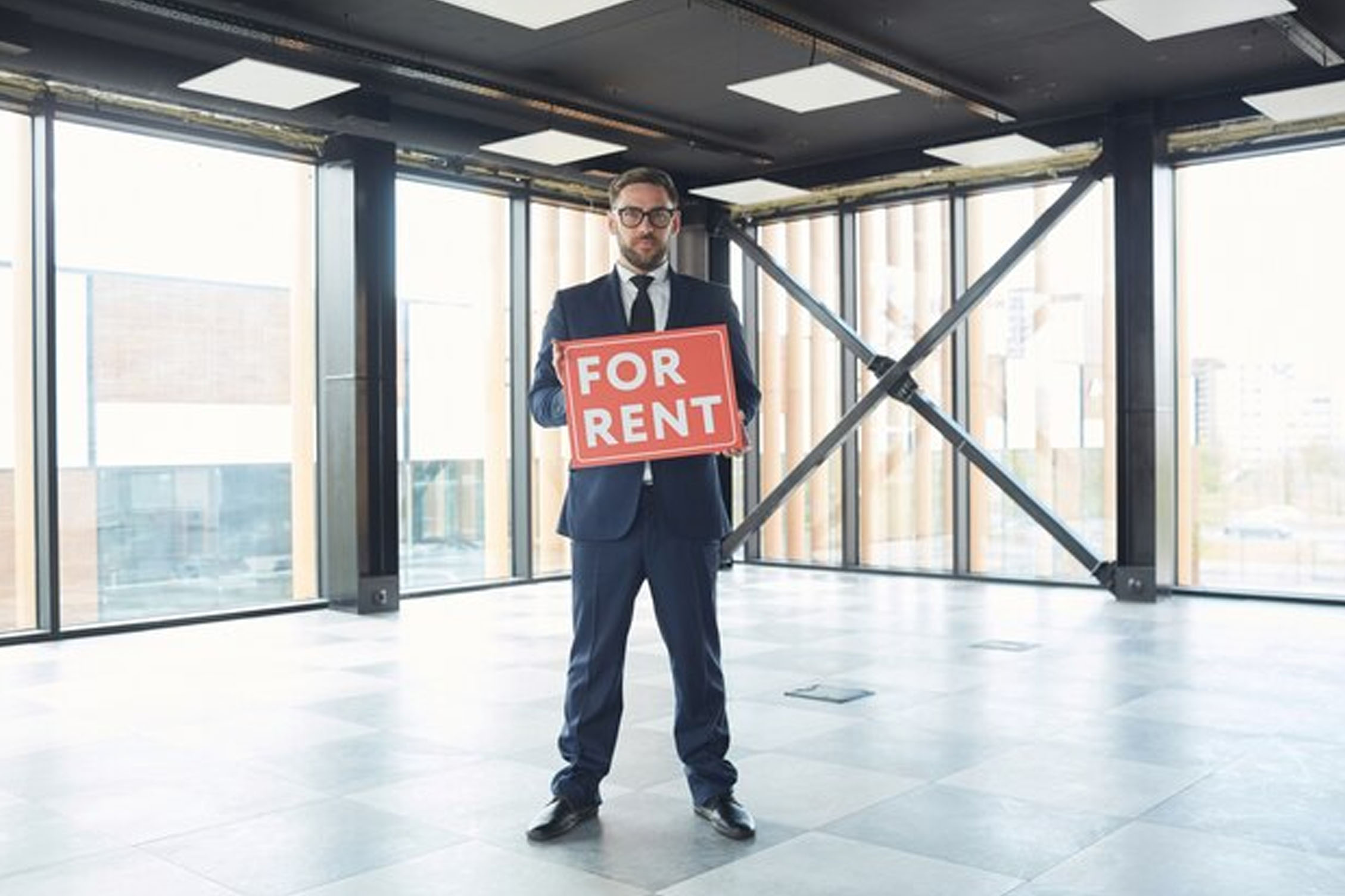Renting an office space involves a few key steps, and the process can vary depending on your location, the type of office you need, and your specific requirements. Here's a general guide to help you get started:
1. Determine Your Needs
- Office Size: How much space do you need? Consider how many employees will be working in the office, the type of work, and if you need meeting rooms, storage, or communal areas.
- Budget: Set a clear budget. Be sure to include all potential costs such as rent, utilities, cleaning services, parking, and maintenance.
- Location: Think about your preferred location based on factors like proximity to clients, transportation options, or the convenience for your team.
- Type of Office: Do you need a traditional office, a coworking space, a private office, or a shared office space? Coworking spaces may provide flexibility with shorter leases and access to communal facilities.
2. Search for Office Spaces
- Real Estate Agencies: Work with a commercial real estate agent who can help you find office spaces that meet your criteria.
- Online Platforms: Websites like WeWork, Regus, Spaces, or LoopNet often list available office spaces. You can filter the search based on location, size, and budget.
- Local Listings: Check local classifieds or office space listings, especially if you're interested in more budget-friendly or less commercial spaces.
3. Visit Potential Spaces
- Tour Multiple Locations: Schedule tours for several potential spaces to evaluate their suitability. Consider layout, natural light, and amenities.
- Accessibility: Is the office easy to reach for employees and clients? Consider the proximity to public transportation and parking.
- Environment: Assess the vibe of the office and building—does it match your company's culture and brand?
4. Negotiate Terms
- Lease Type: Understand whether you're signing a long-term lease (1-5 years) or a short-term one. Some spaces, especially coworking ones, offer flexible contracts.
- Monthly Rent and Costs: Make sure you’re clear on the base rent, additional charges for utilities, maintenance, and any other hidden costs.
- Security Deposit: Be prepared to pay a security deposit, often ranging from one to three months of rent.
- Lease Terms: Pay attention to the lease terms, including renewal options, termination clauses, and maintenance responsibilities.
- Included Amenities: Confirm what is included in the rent—Wi-Fi, utilities, cleaning services, furniture, and so on.
5. Sign the Lease
- Once you've found a space and agreed on terms, you'll sign a lease agreement. Make sure to review it carefully, potentially with the help of a lawyer, to ensure you're protected and the terms are clear.
6. Set Up the Office
- Furniture and Equipment: Plan for office furniture such as desks, chairs, and storage. You may need to arrange for internet, phones, and other office tech.
- Branding: Consider branding your office with your company's logo, color schemes, or decor that reflects your culture.
- Move-in: Coordinate with a moving service to transport office furniture, supplies, and other essentials.
















 Courier Service
Courier Service